
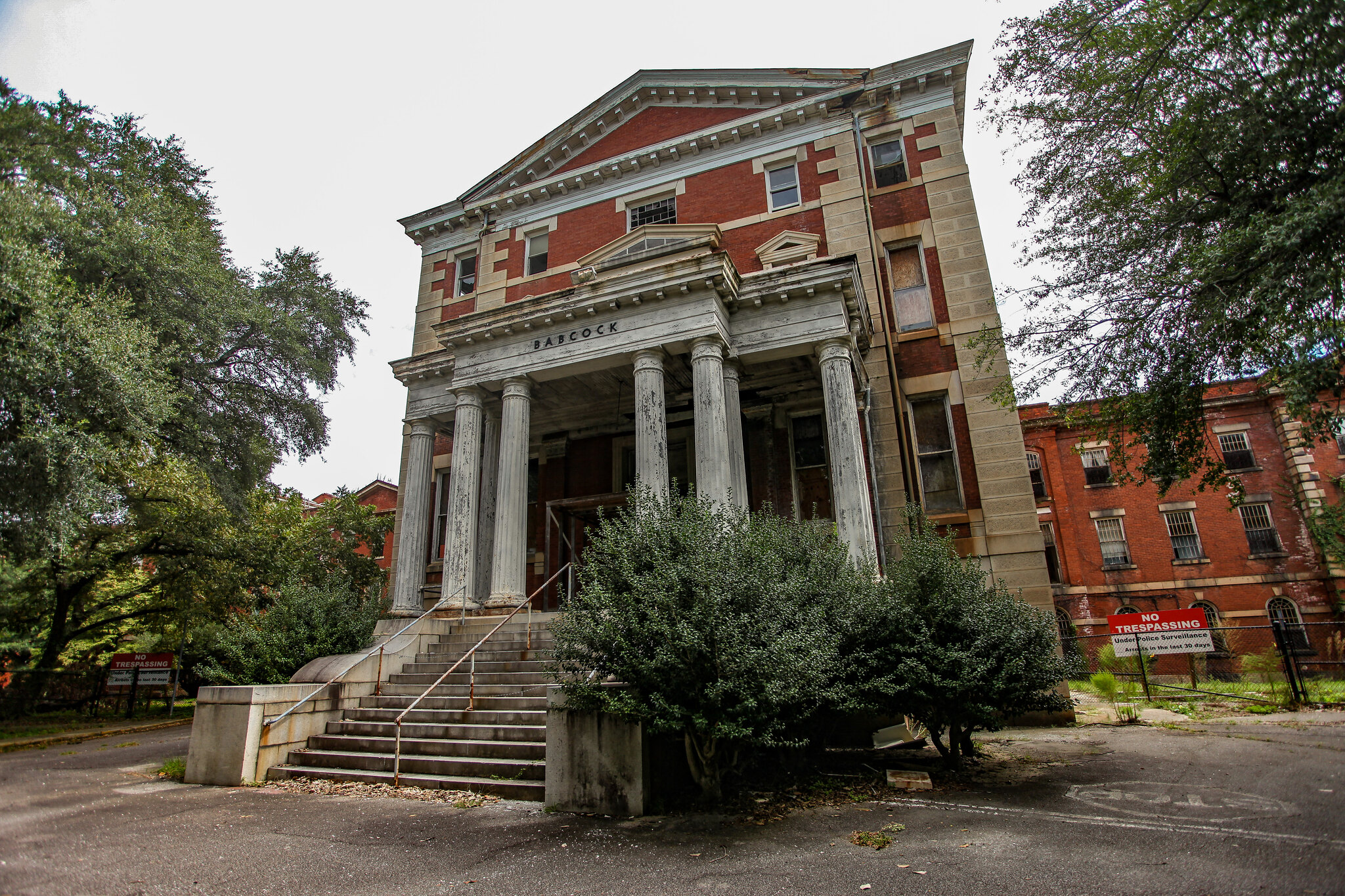
During the 19th century, the United States experienced tremendous change. An industrial revolution ignited the country, while a Civil War divided the nation. During this time, those suffering from mental illness were housed in private homes and poorhouses. As populations increased, this practice became impractical. State legislators in South Carolina pushed for a state-operated hospital to care for and provide treatment for the mentally ill. In 1821, the General Assembly established the South Carolina Lunatic Asylum. The first patient was not admitted until December 1828 due to a lack of funding and delays. The Mills Building, named after its architect Robert Mills, was the first building constructed to house patients. It is the nation’s oldest surviving mental hospital structure and a National Historic Landmark. Today, it is occupied by the South Carolina Department of Health and Environmental Control.
The Babcock Building was the second building constructed to house patients on the campus of the South Carolina Lunatic Asylum, later renamed South Carolina State Hospital. The building was named for Dr. James Woods Babcock, superintendent from 1891-1914. George Walker designed the first section of the Babcock Building in 1858. Walker died before the south wing was finished. Although he died before even his section was completed, his work became the basis for the rest of the building’s construction. From 1880 to 1882, Gustavus T. Berg built the north wing in the mirror image of the completed south wing. The central portion was designed in the Italian Renaissance Revival style, with its iconic dome, by architect Samuel Sloan. Finally, after four construction campaigns, the Babcock Building was finished in 1885. The building is over 250,00 square feet and has 1,100 windows and 20-inch-thick masonry walls.
Initially, only wealthy patients were accepted into the asylum. The average patient paid $250 per year by the 1850s. A separate eating area was available for an additional $100. The indigent were admitted for an annual fee of $135, billed to the patient’s local government. As more poor people became accepted, costs became difficult to collect. The asylum depended heavily on state funding since the patient population was nearly 200. Throughout the first 20 years, few Black patients were admitted. The General Assembly approved the admission of both free and slave Black patients in 1849.
Funding for the South Carolina State Hospital significantly decreased during the Civil War. The hospital’s superintendent opposed turning the grounds into a prisoner-of-war camp. The Confederate Army did not take the Babcock Building, but the grounds were used as a prison camp for Union troops from October 1864 to February 1865. When Union General William T. Sherman came to Columbia, residents fled to the state hospital for refuge. The superintendent opened the doors and allowed residents to seek shelter inside, even using his funds to provide them with food and other necessities.
Despite its innovative architecture, many patients complained about poor lighting, small rooms, narrow hallways, and flooding on the ground floor. Many families preferred to care for their mentally ill relatives at home or in the county jail rather than in a state-run hospital. After South Carolina assumed direct responsibility for all mentally ill patients in 1871, county jails transferred patients to the state hospital. By 1900, the asylum population ballooned to over 1000. Sadly, 30% of the patient population died each year.
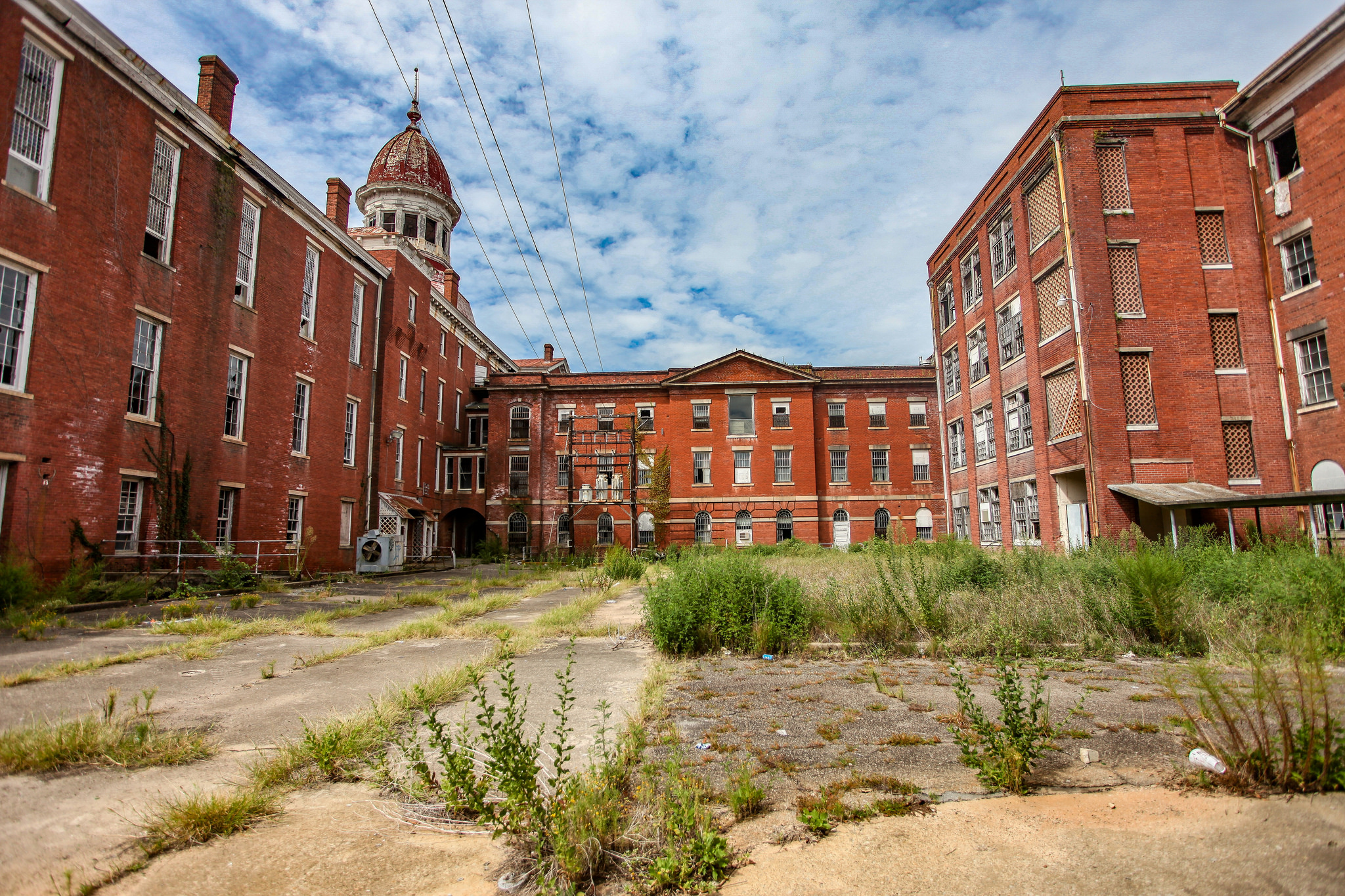
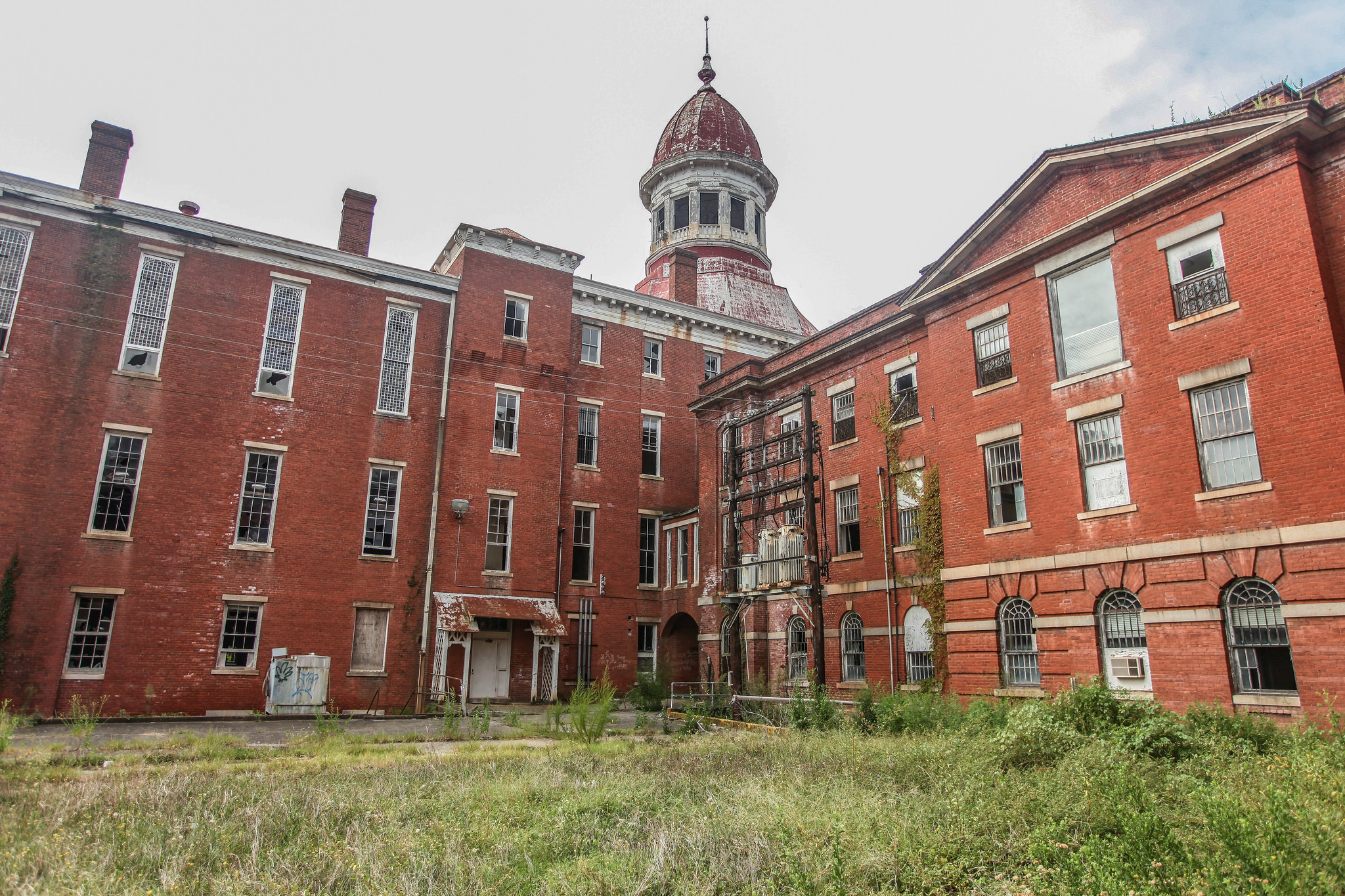
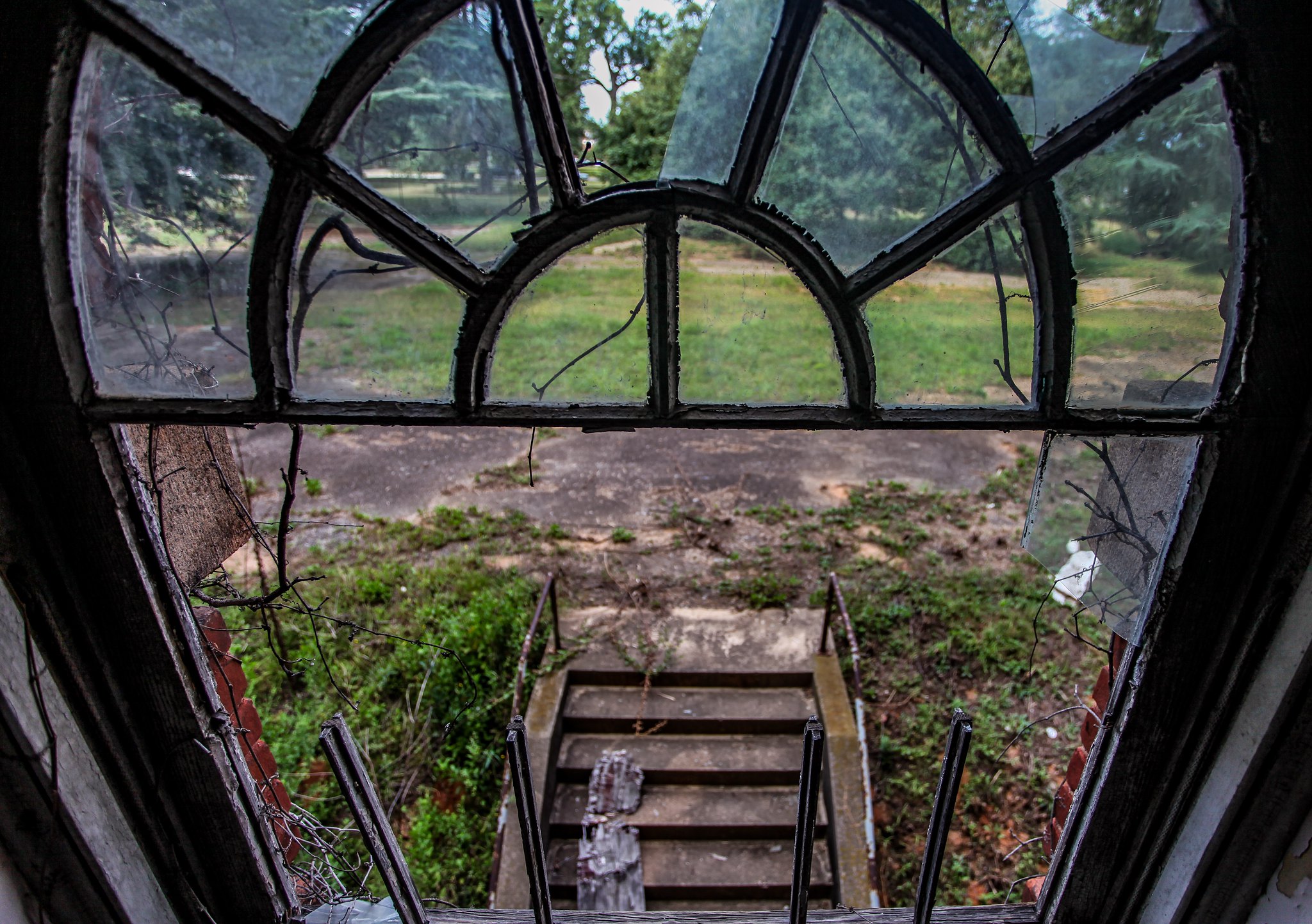
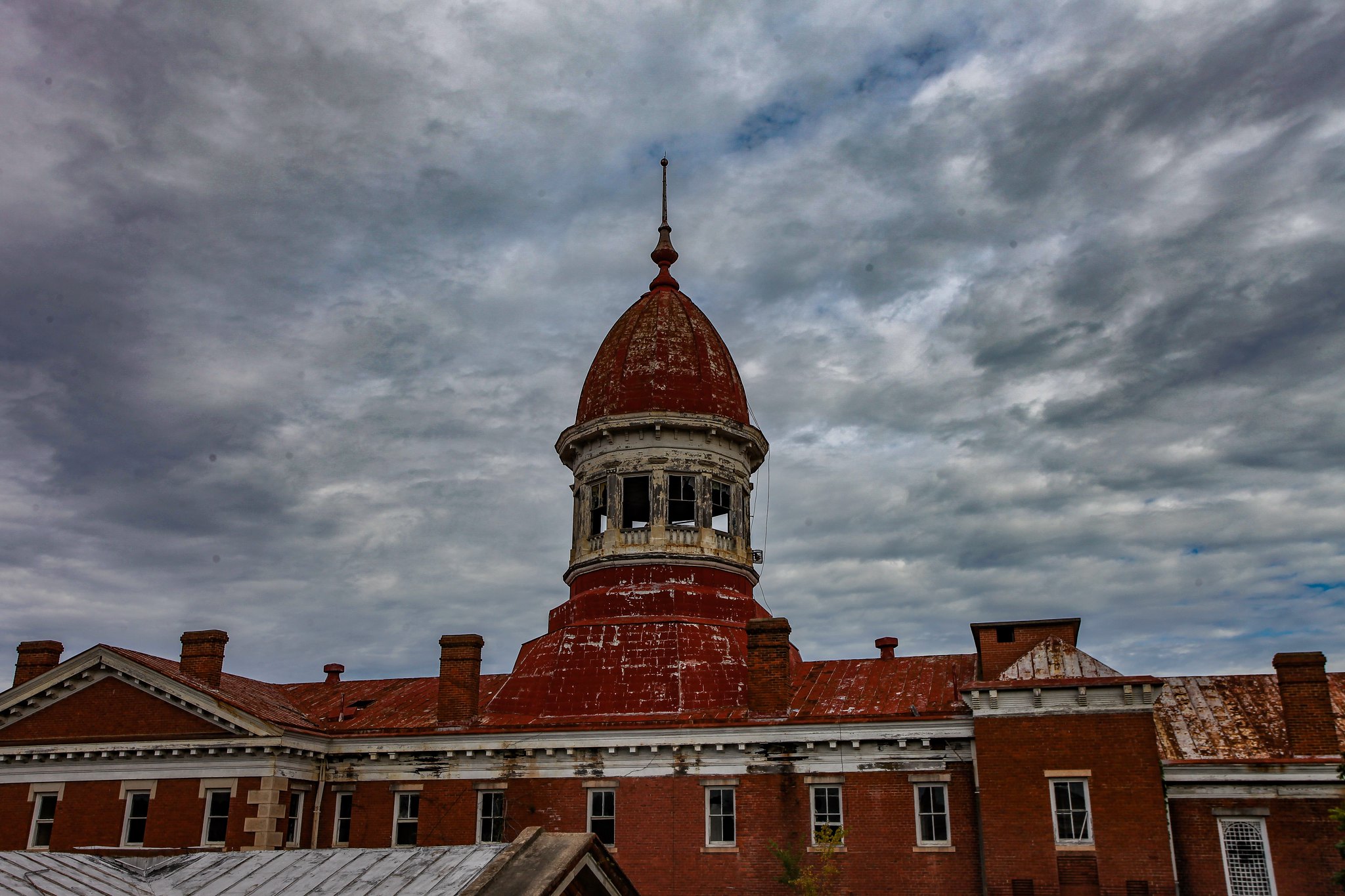
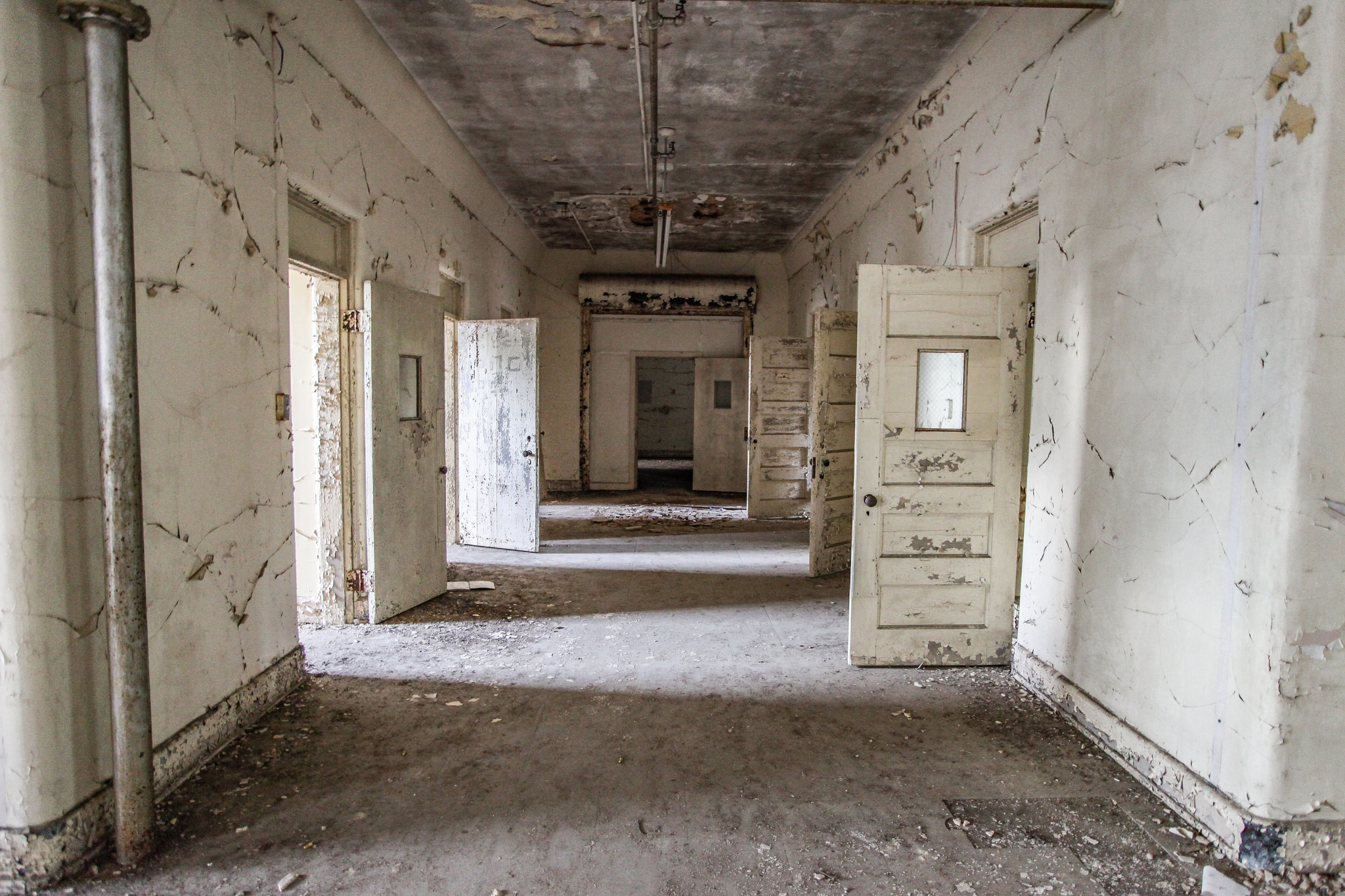
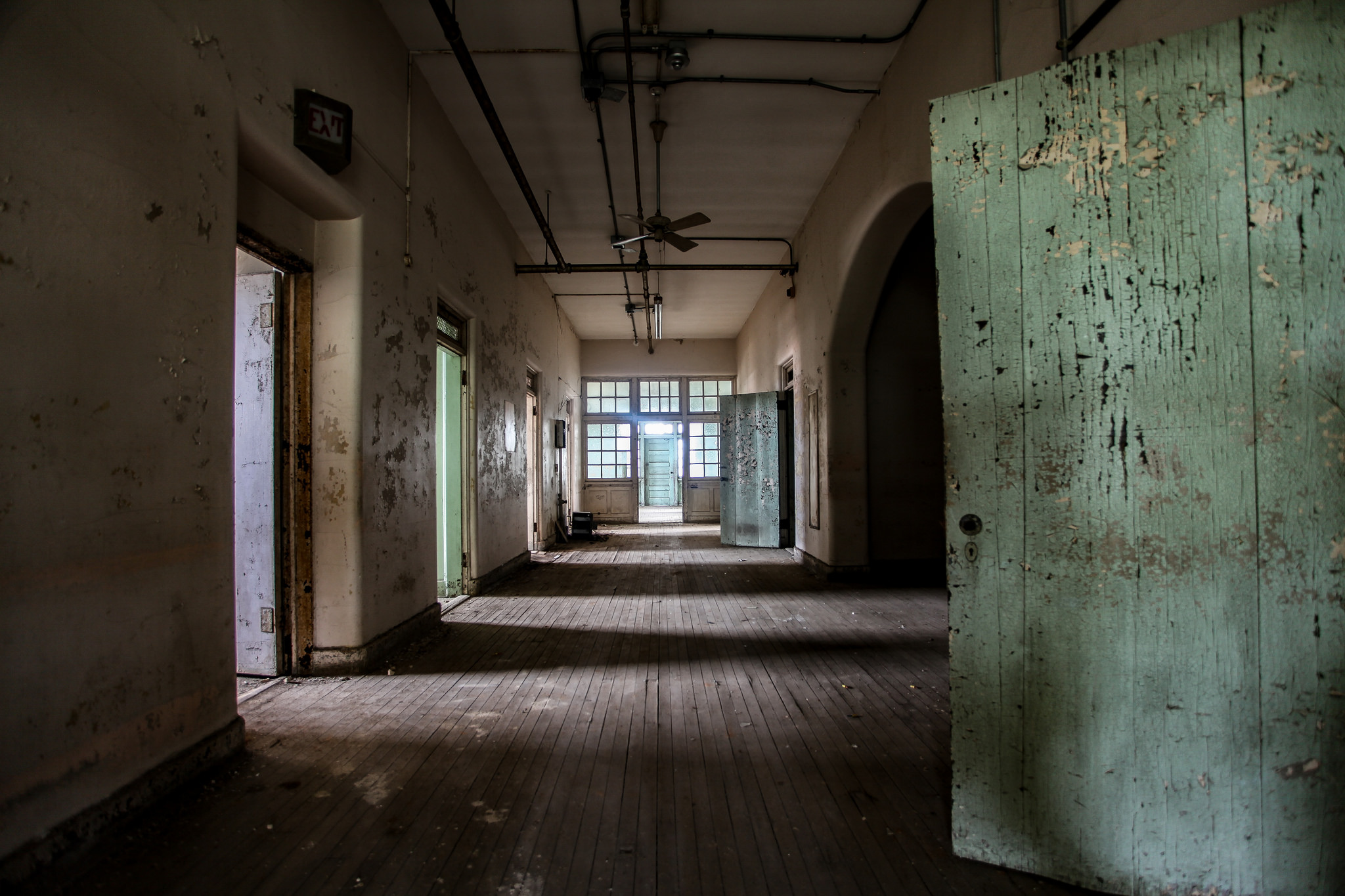
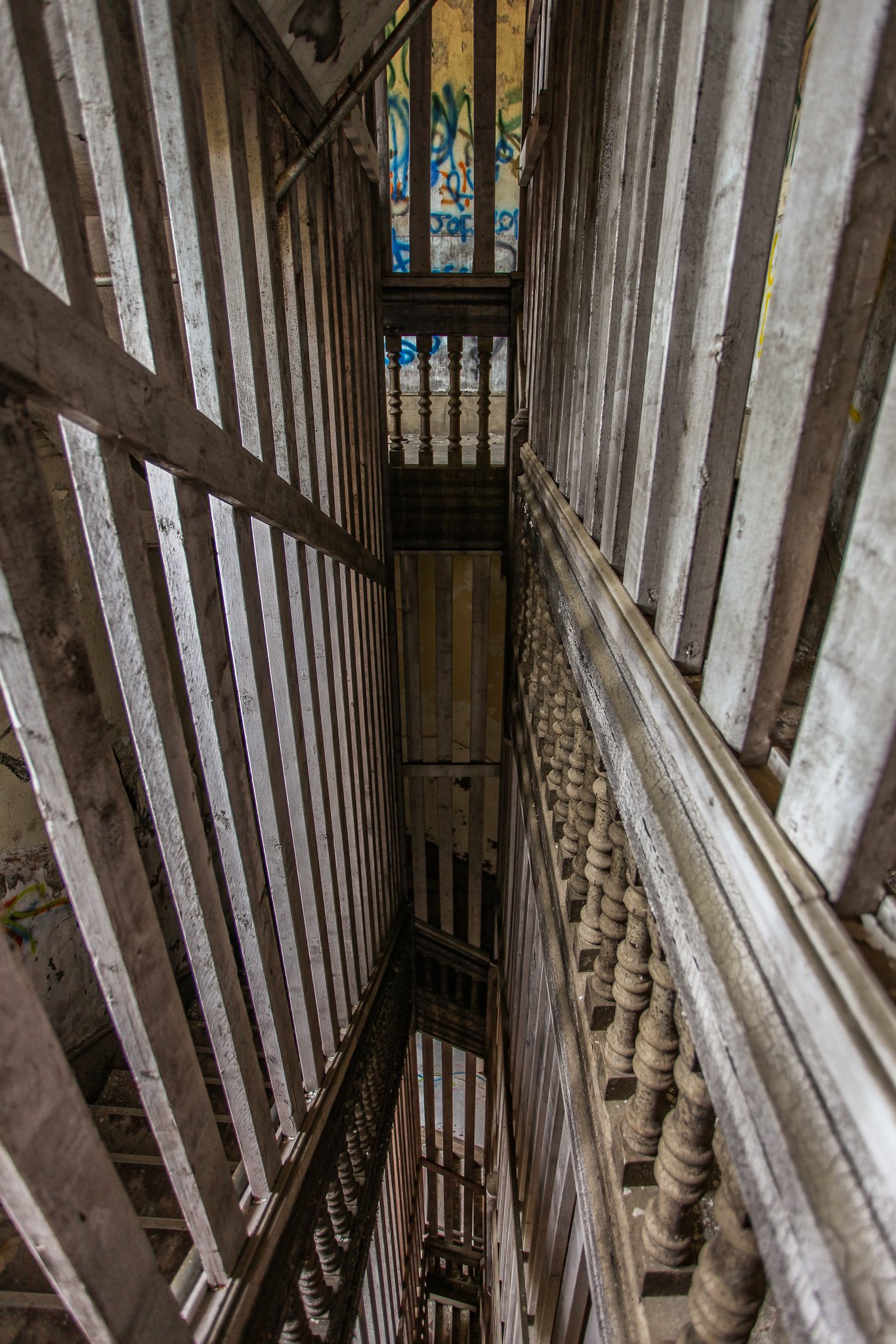
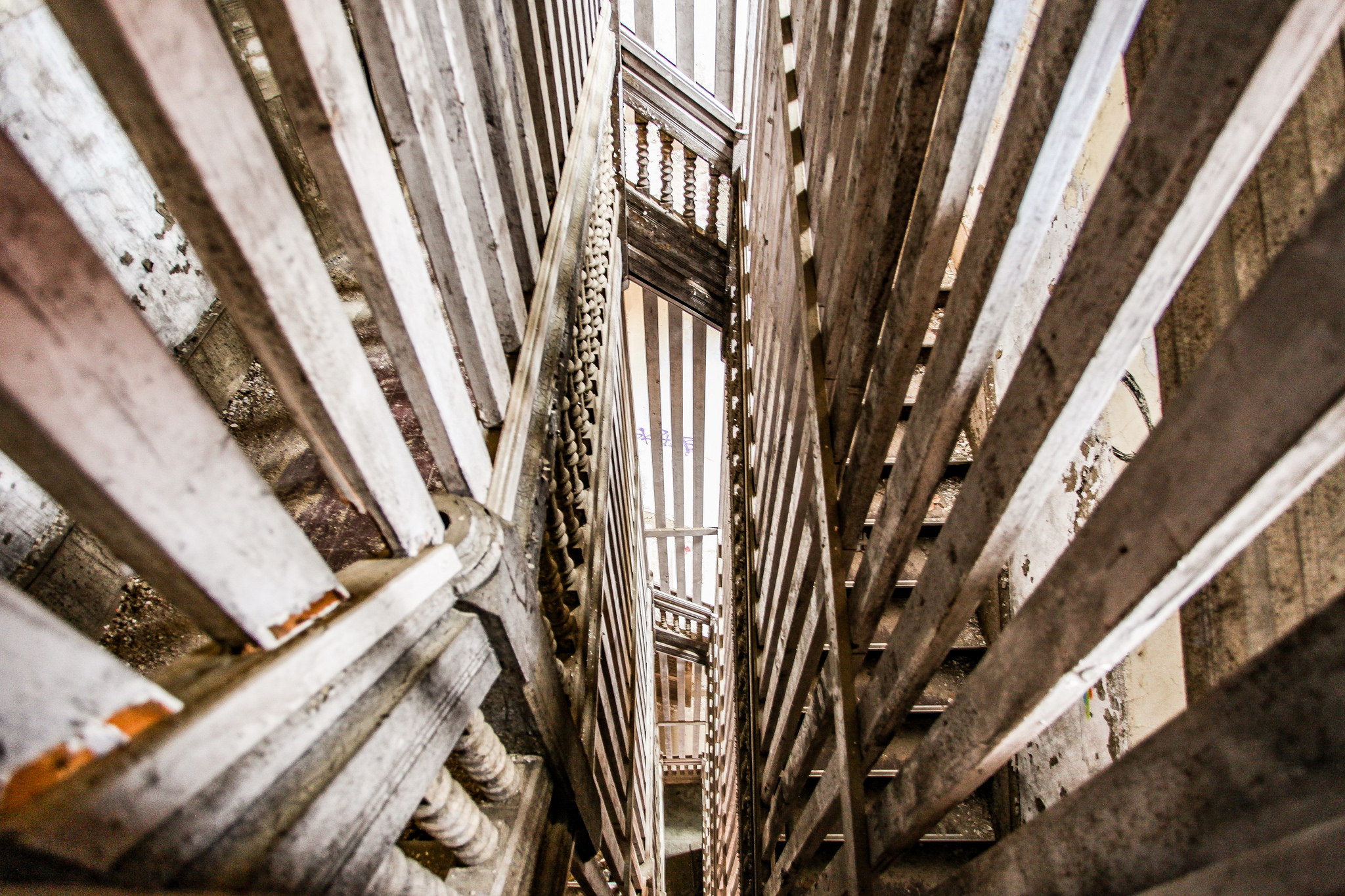
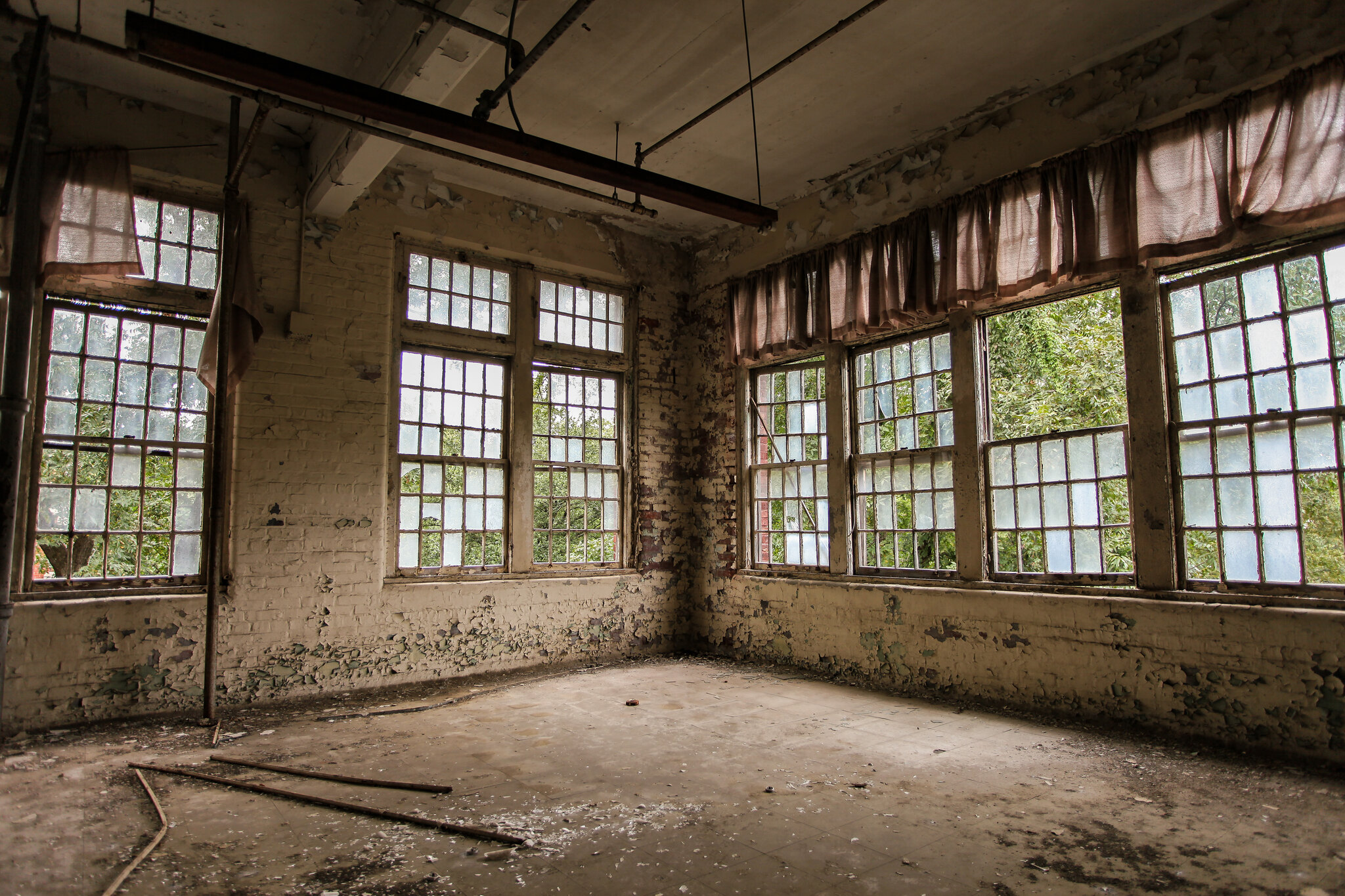
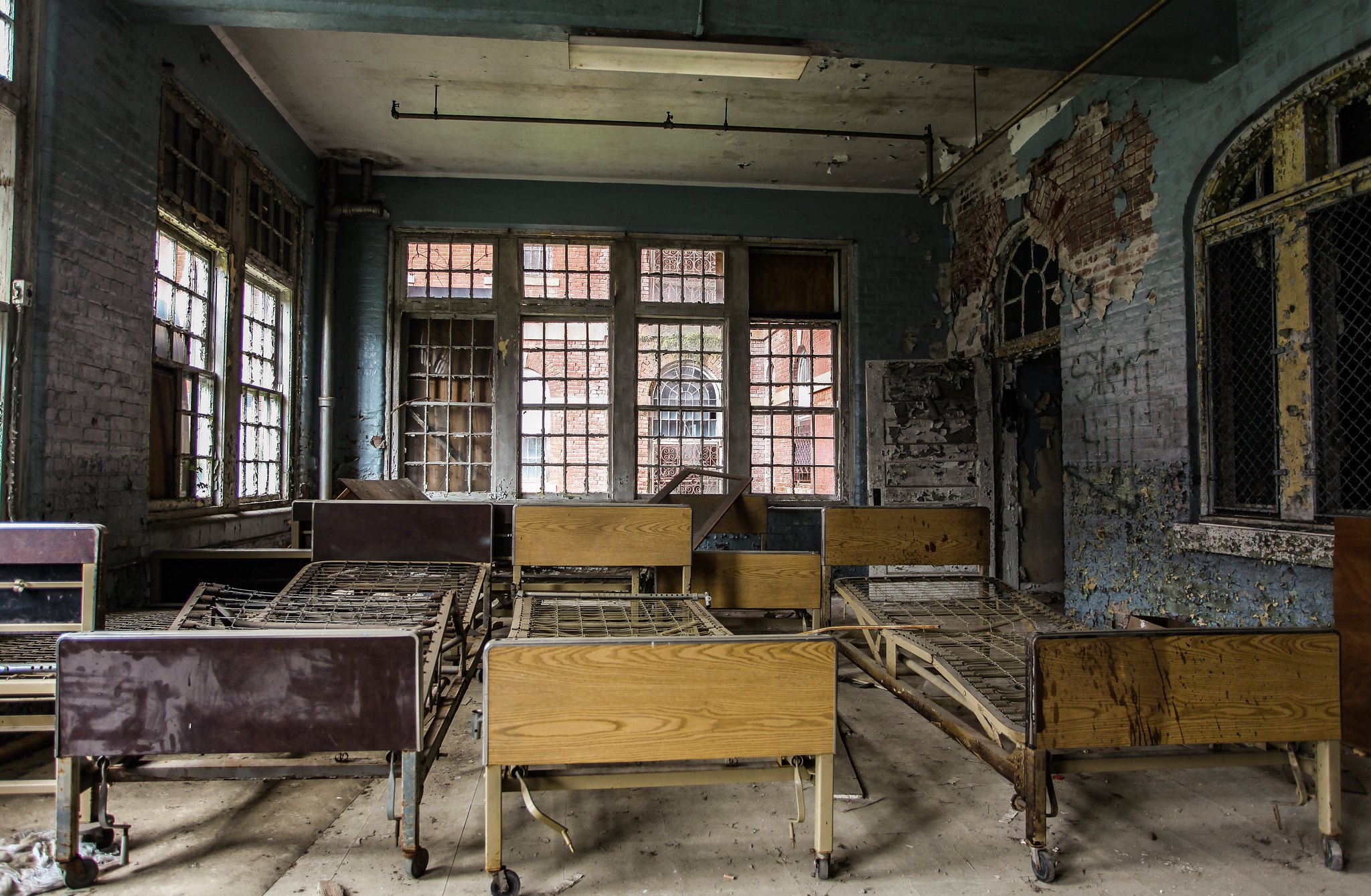
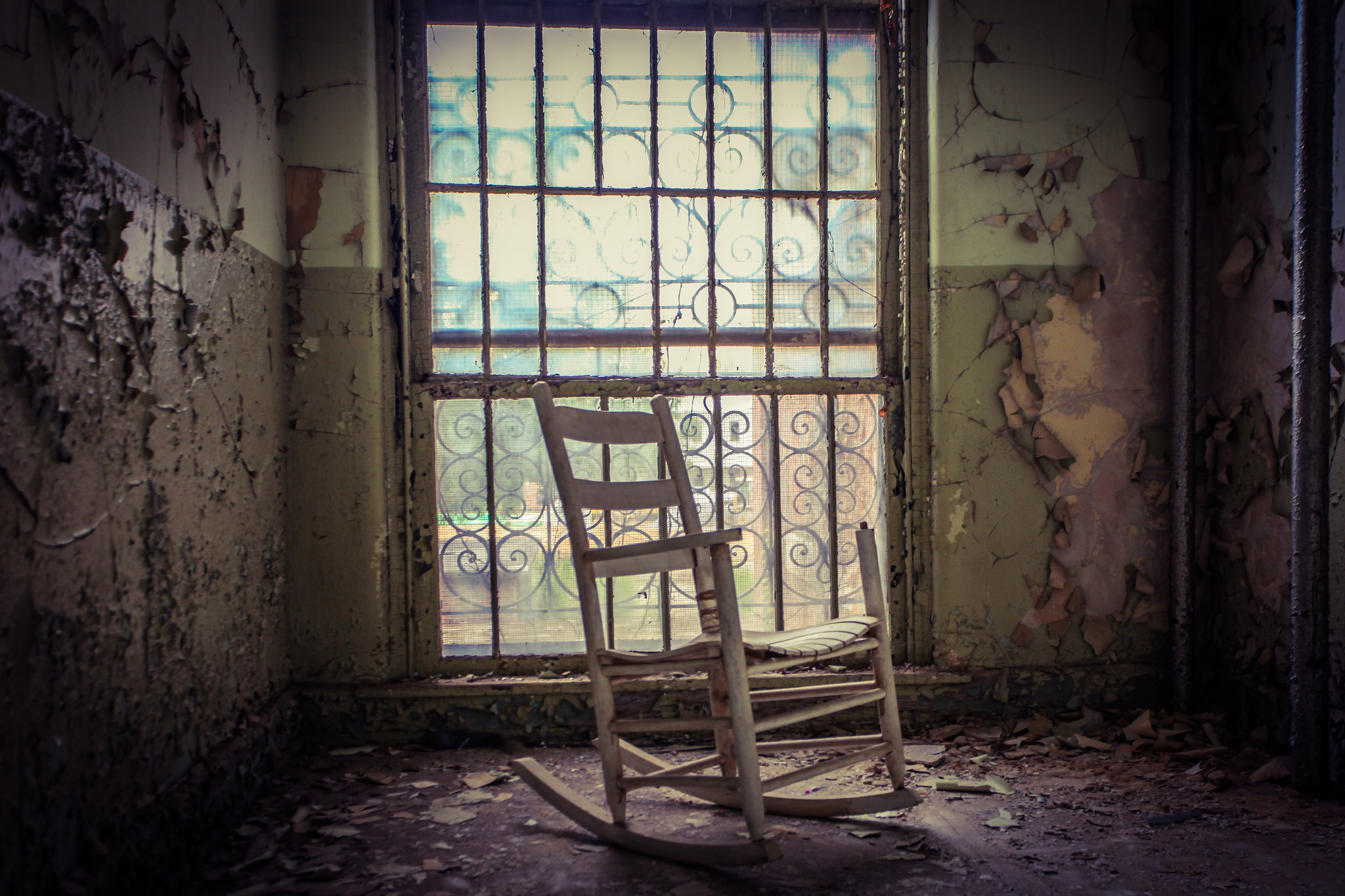
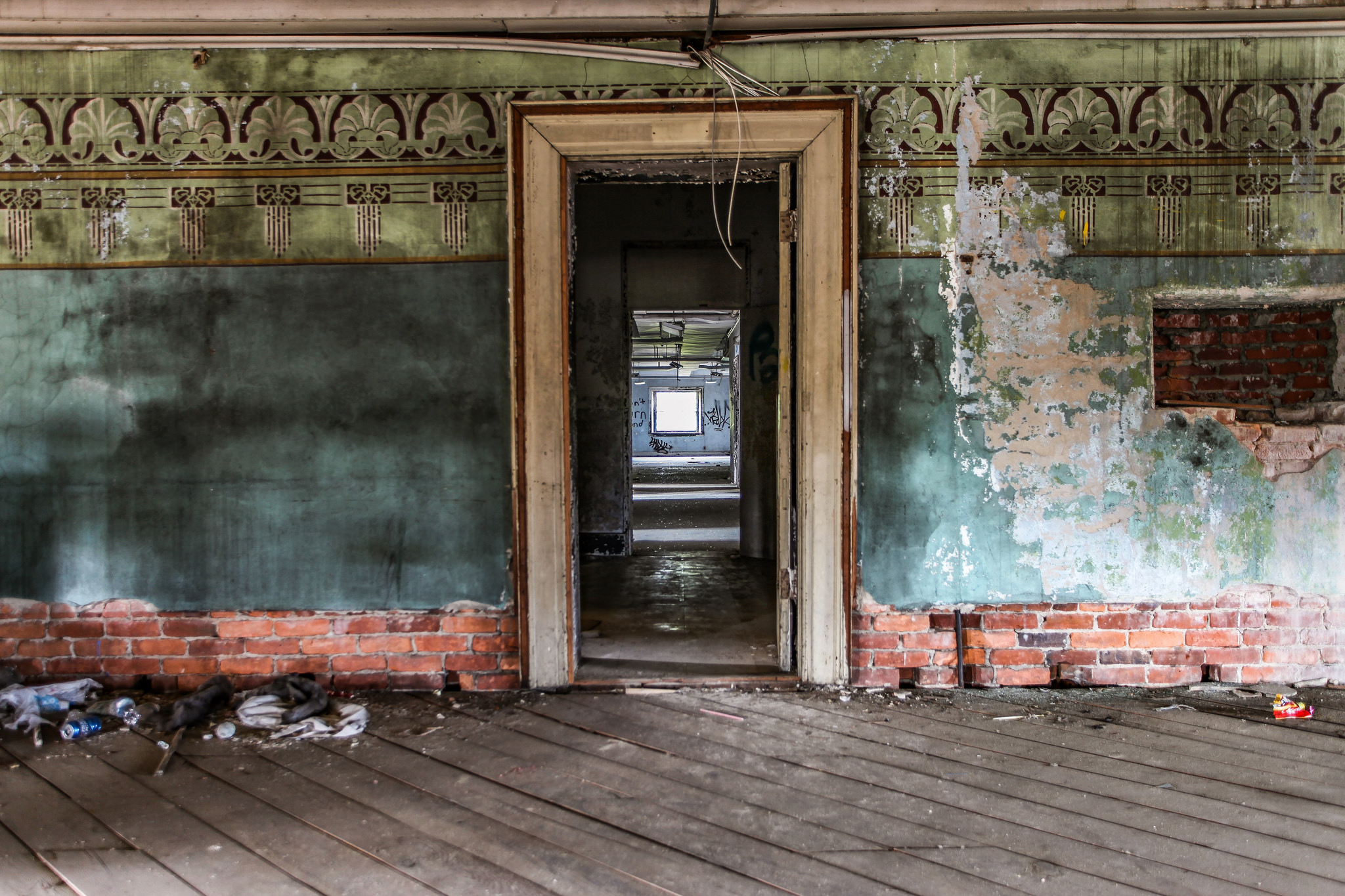
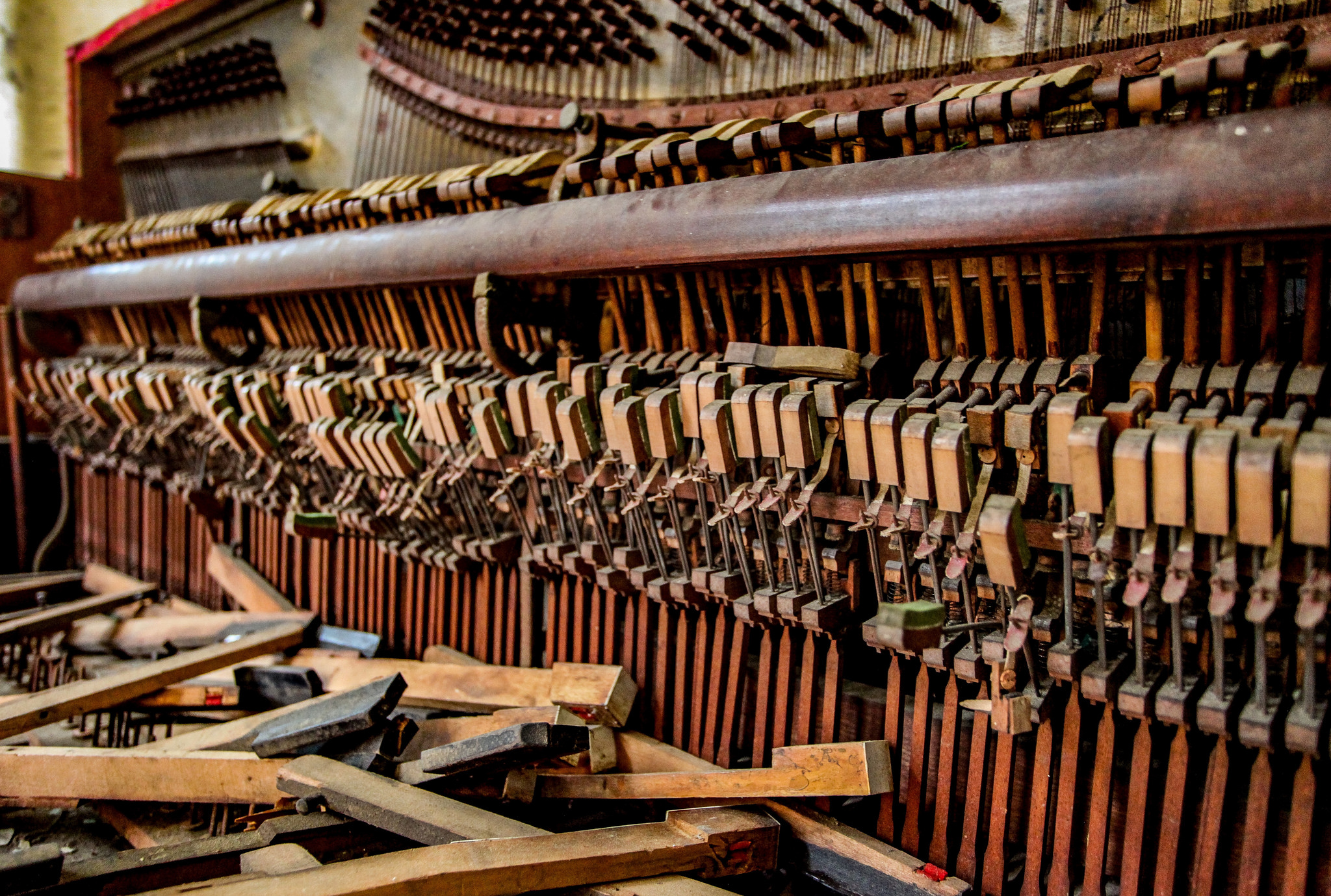
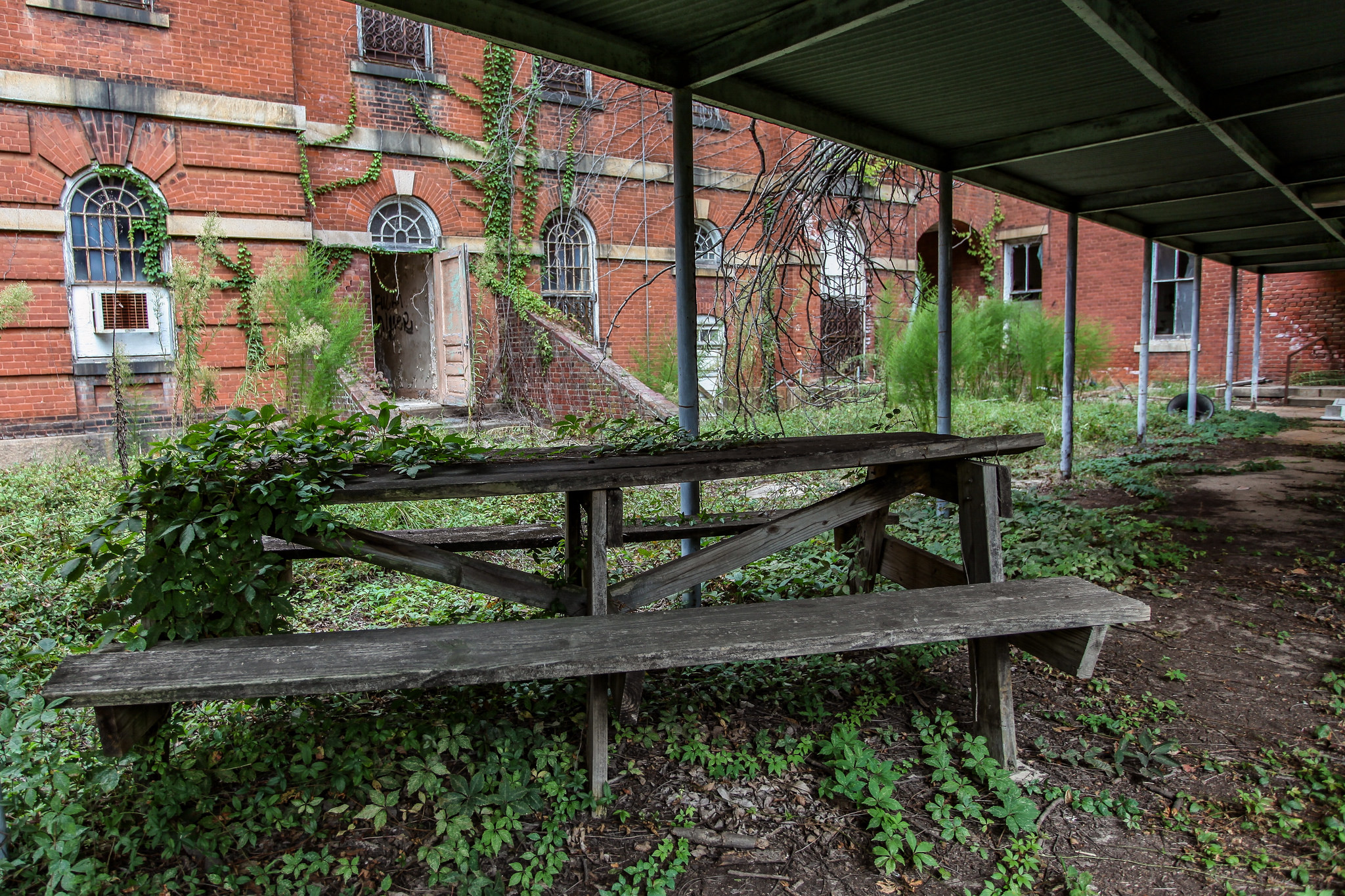
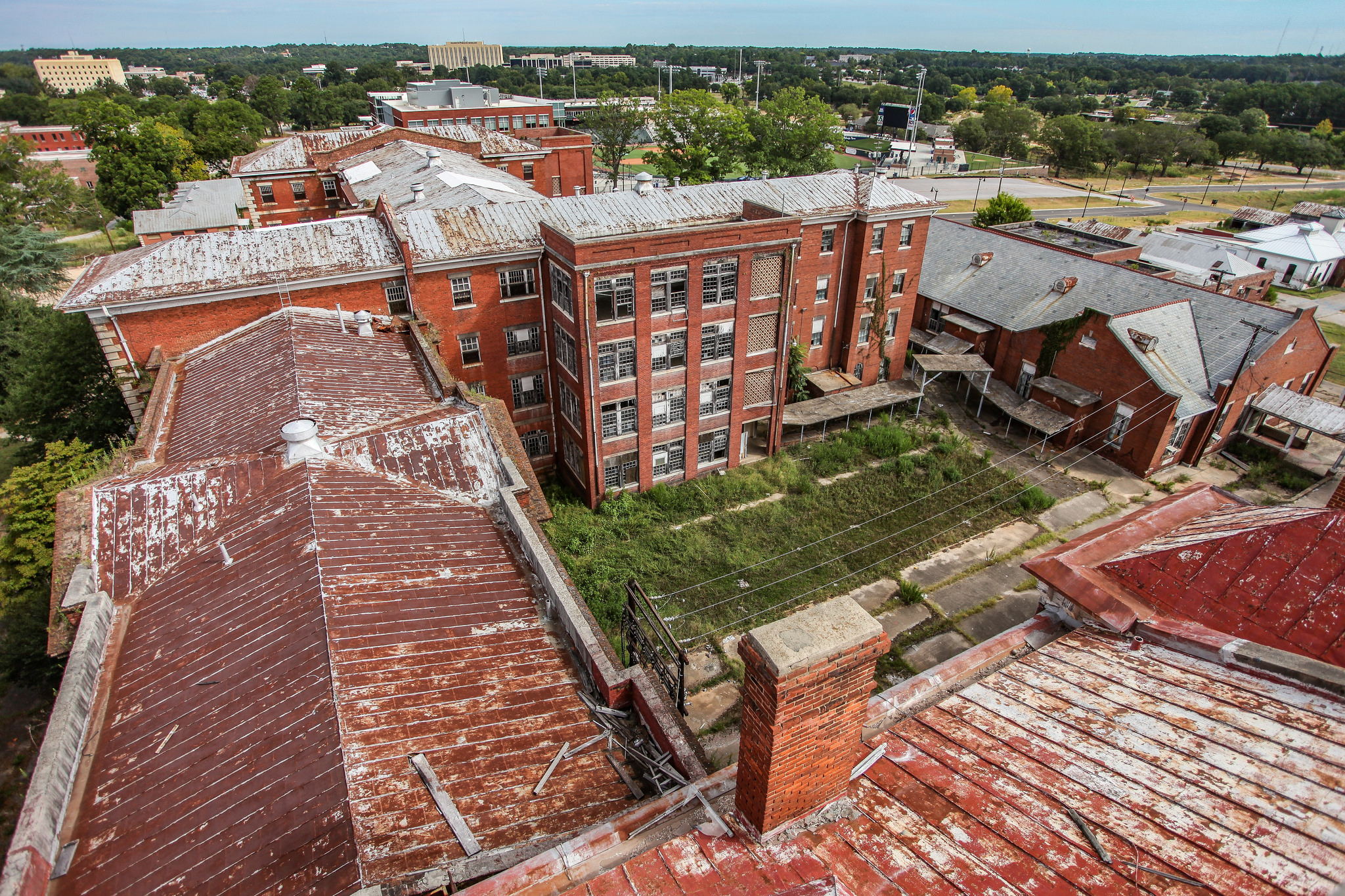
During the early 1900s, thousands of Americans were becoming sick and dying of a mysterious disease known as pellagra. The symptoms of pellagra included diarrhea, skin diseases, depression, seizures, and dementia. Many sufferers of this disease found themselves in these state-operated hospitals. These asylums became a convenient place to warehouse people. Due to overcrowding, conditions were beyond deplorable, and patient care was nonexistent.
In 1914, asylum physicians determined the cause to be a vitamin B3 or niacin deficiency. A coalition of state hospital superintendents from all over the United States, along with local health officials, organized several meetings at the Babcock Building to discuss the infectious disease. One doctor hypothesized poverty was part of the problem, and malnutrition could be directly linked to the disease. Other physicians were skeptical that germs did not play a more significant role. To prove his theory, the doctor orchestrated “filth parties” where he, along with his wife and assistants, injected themselves with blood, ingested scabs, bodily fluids, and feces of patients. No one developed pellagra. He also did decisive experiments with Mississippi prison inmates, who volunteered in exchange for a full pardon. The doctor fed the inmates a poor diet and within a few months, many of them developed pellagra. He then added fresh vegetables, meats, and milk to their diet and reversed all of the signs and symptoms of the disease.
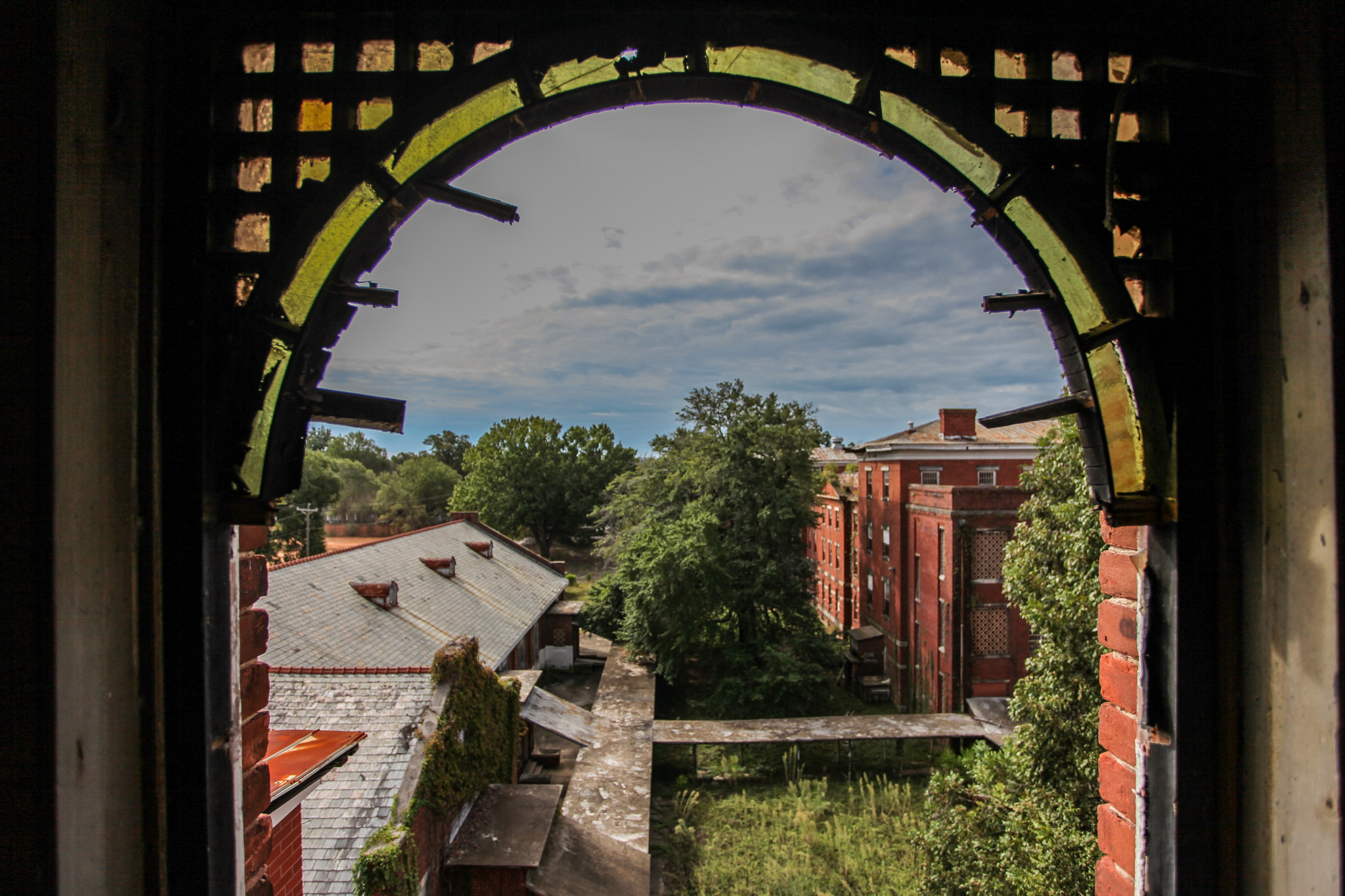

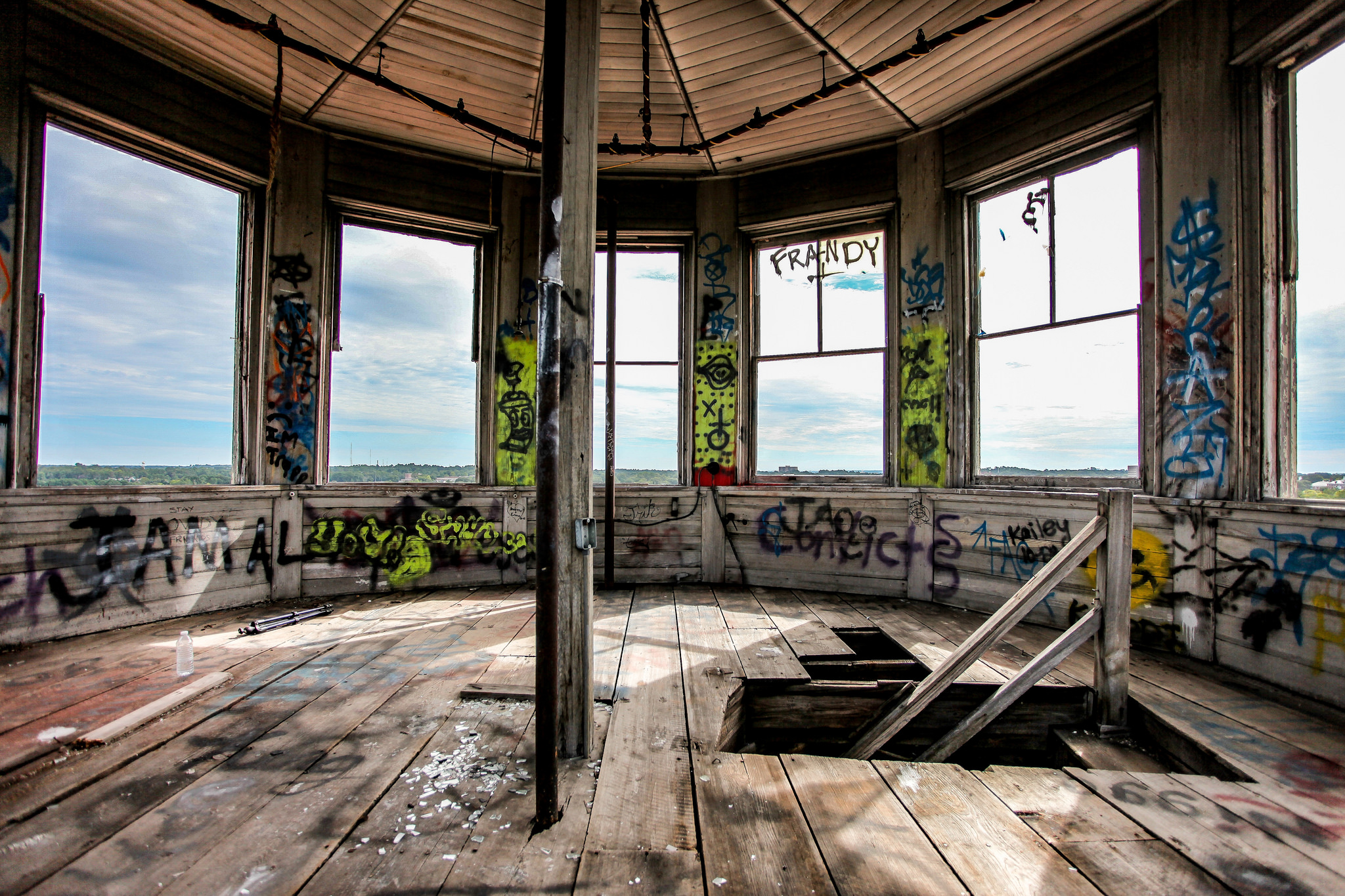
The 20th-century brought significant changes to the South Carolina State Hospital. The superintendent pushed for outpatient clinics and programs to educate the public about mental illness, including its causes and methods of care. The first permanent outpatient clinic in Columbia opened in 1923. The success of the clinic inspired the opening of travel clinics throughout the state.
During the 1950s, the discovery of phenothiazine controlled many of the symptoms of mental illness, allowing the wards to be unlocked and patients to roam more freely. The introduction of Medicaid and other social welfare programs in the 1960s helped spur a large-scale relocation of patients to community-based mental health centers. In 1964, the Department of Mental Health was created as an independent agency to assist South Carolina with research, mental health education, professional training, along with other community services.
By the end of the 1970s, patient’s rights became a key role in the renewed emphasis on caring for the mentally ill. In 1985, a U.S. Department of Justice report noted that conditions at the South Carolina State Hospital were “flagrantly unconstitutional.” The DOJ entered into a four-year decree to provide increased funding for all patients. By the 1990s, wards began slowly being closed. Soon, entire floors of the Babcock Building were abandoned as patients were discharged to group homes and local care facilities.
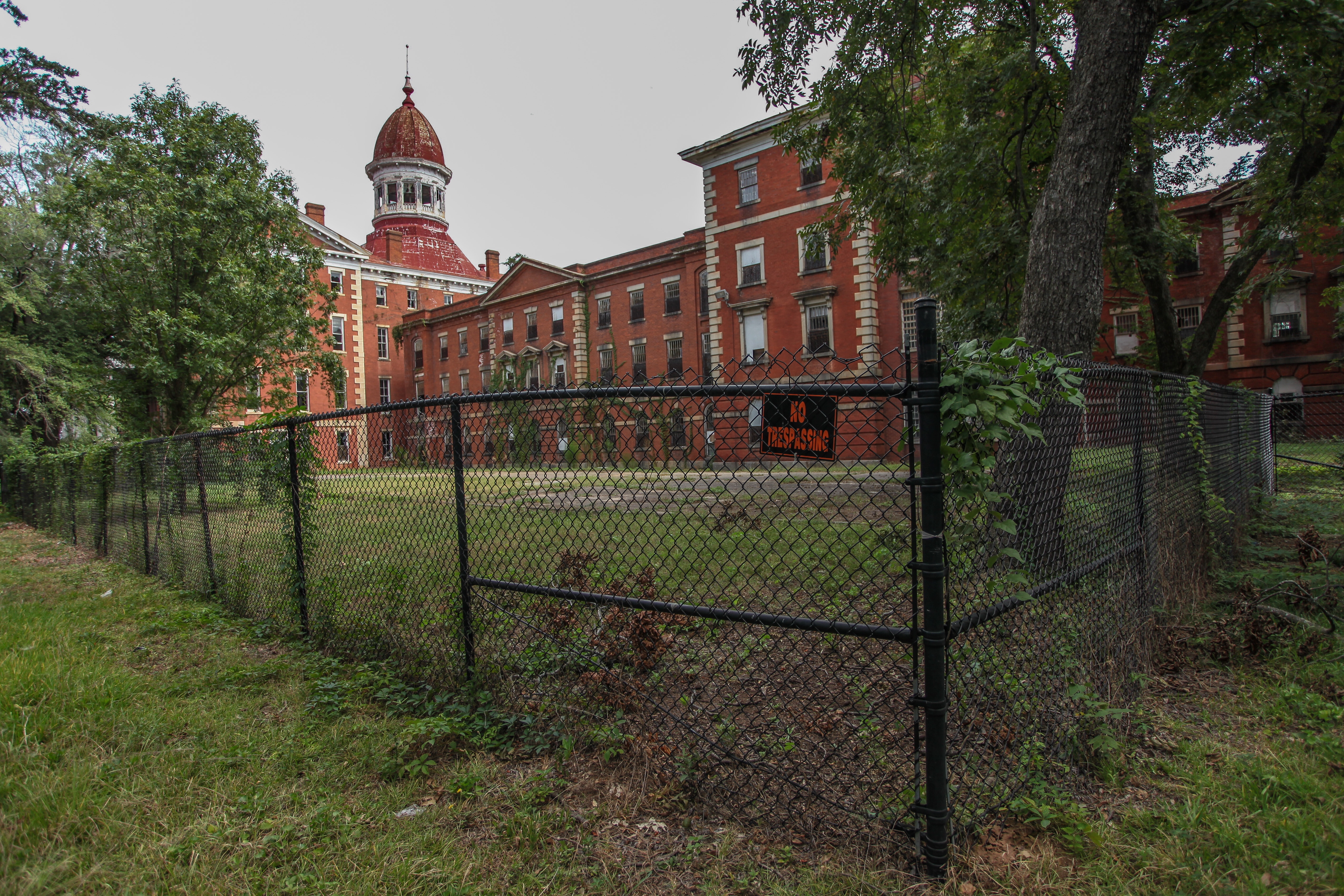
In December 2018, the Columbia Fire Department responded to a two-alarm fire in the Babcock Building. Fire crews arrived to find the roof of the south wing ablaze. The fire was investigated and believed to be caused by arson. They were able to extinguish the fire within about an hour of entering the building. In September 2020, a second fire occurred, however this one was much worse. Firefighters arrived early on a Saturday morning to find flames coming from the basement of the Babcock Building. The three-alarm blaze burned through to the building’s roof causing the iconic dome to collapse in the fire.
The fire also caused structural collapses to the central core of the building. Officials stated there were 50 firefighters and 10 trucks on the scene. It took 10 hours for crews to put the fire out. The local police are investigating and have identified six people seen in the area shortly before the fire. The Babcock Building is scheduled to be renovated for Columbia’s planned Bull Street District into 208 one and two-bedroom apartments. Construction is set to begin in early 2020 and will be completed in stages with the first residents moving in by early 2021. The project is set to be completed in 2022.
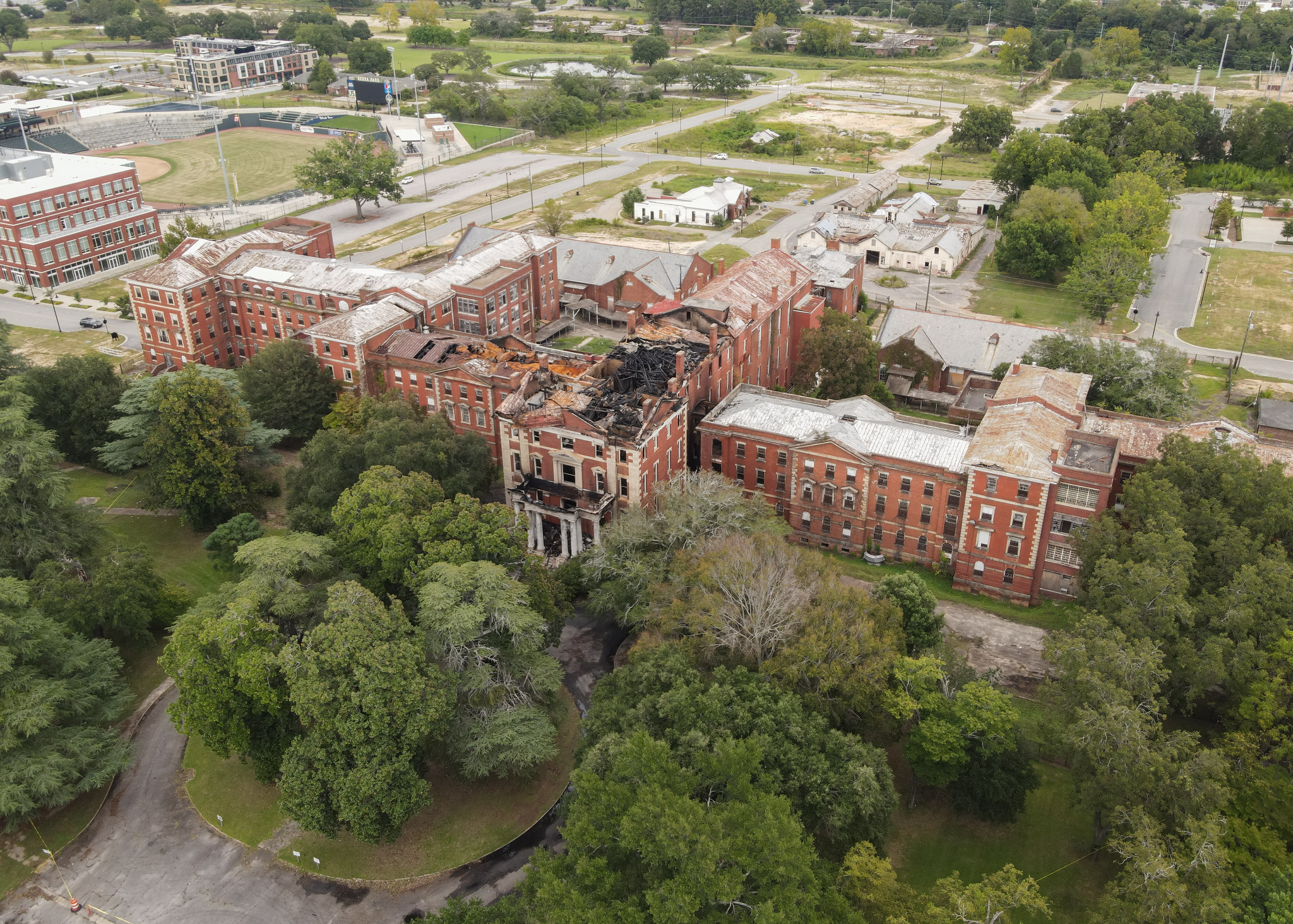
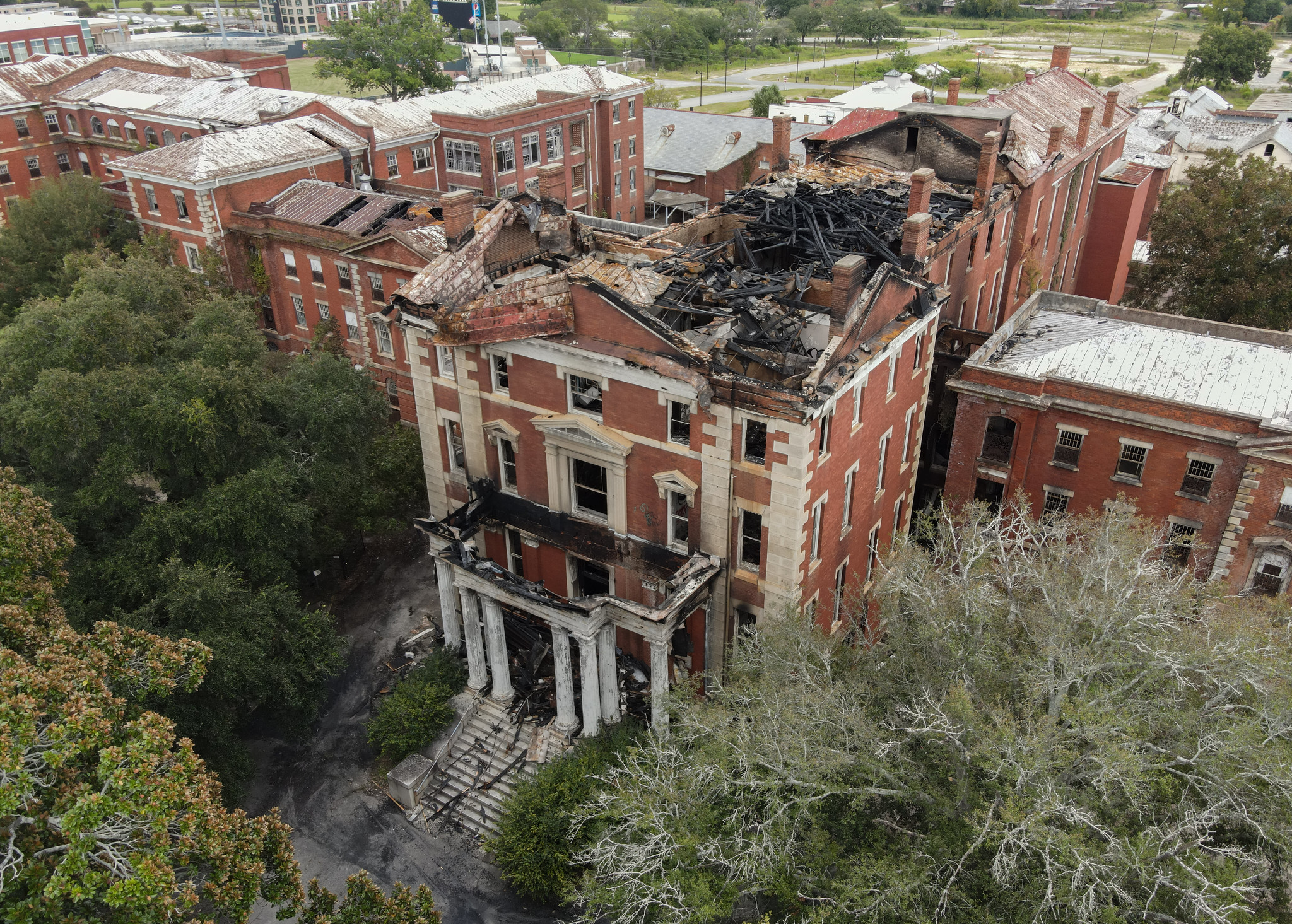
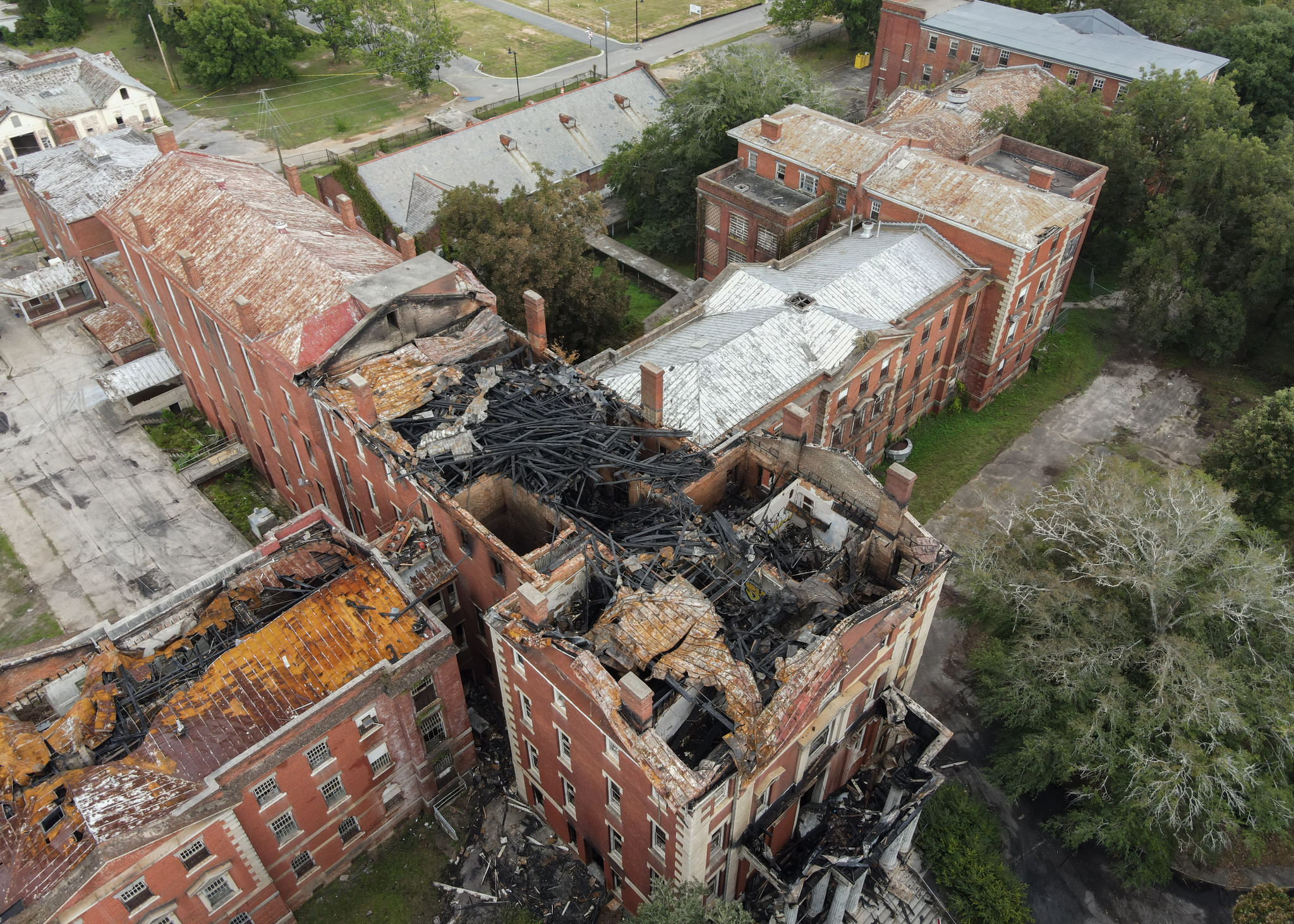
Thank you for reading. Please share the blog with your friends. I appreciate the support.
You can find me on Facebook, Instagram, and TikTok. For more amazing, abandoned locations, check out my photography books.


Oh wow, what an explore…
LikeLiked by 1 person
Does it ever reference which state this facility is located within? Amazing building complex—thanks for the write-up!
LikeLiked by 1 person
Columbia, SC
LikeLike
This is in Columbia SC. It never says in article, but I live in Columbia.
LikeLike
It mentions it several times
LikeLike
I changed it, before it did not. Everyone recognized the dome in Columbia.
LikeLike
Thanks I wanted to know where it was. I wonder if the building is haunted?
LikeLike
The hospital with the Cupola is in Columbia, SC. I am not sure where the other two are.
LikeLike
I worked here in late 1968-70 this was my first job as a Candy Stripper. I worked on the female ward it was a very sad time. I will never forget this place it’s etched in my memory forever.
LikeLike
South Carolina is mentioned *5* times!
LikeLike
Noted and corrected via the comments 13 months ago, but thanks 🙂
LikeLike
South Carolina
LikeLike
Cool. Though i never wanna step into the place 😱
LikeLiked by 1 person
i love these types of posts,its really interesting how the doctor caused and reversed the symptoms just by doing the smallest of things! thank you for all the amazing pictures that help feel like I’m there and how well written it is!:)
LikeLiked by 1 person
I totally agree with Anna! Very informative and lots of pictures! Thanks for sharing!
LikeLiked by 1 person
My mother went there in 60’s. It made things much worse. Bless her heart and daddy’s. He was looking for a miracle cure. Her nerves were bad. Just needed good meds. After a visit to a rehabilitation nursing home they just said she was bipolar and put her on proper meds and she had 3 good years. I always felt so sorry for her. She just never fit in. I love and miss my mama soooo much. I know she’s with Jeasus and daddy thankful for that.
If anyone has a story I would love to hear it.
LikeLiked by 2 people
Wow, sounds like my mom and gramma. Strange times. Grampa cured Gramma’s panic attacks by putting her in an ice bath. So glad I finally helped my family by exploring the idea of mental health medicine/therapy.
LikeLike
January 9, 2018 To the author of this blog:
These pictures are superb. Really great historical picture archive. I really enjoyed this and your entire effort on your blog, being a student of all this.
Thanks ever so much.
Frank B. Miller MD DFAPA Morganton NC penandpsychiatrist.com (inactive at present due to illness)
On Tue, Dec 5, 2017 at 3:26 PM, Abandoned Southeast wrote:
> Abandoned Southeast posted: “The 1800s in America were an era of > tremendous change. An industrial revolution ignited the country, while > Civil War divided the nation. During this time, the mentally ill were cared > for mostly in private homes and poorhouses. As populations increased, th” >
LikeLiked by 1 person
Thanks for reading, Frank!
LikeLike
These pictures are great! You should check out the abandoned hospital on the boarder of Hartselle, Al and Decatur, Al. Used to go as a teenage and explore.
LikeLike
They tore the hartselle/Decatur hospital down back in 2004. Only thing still in the area is a Walmart the foundation for the hospital is in the woods. We use to go there also. Good times.
LikeLike
Growing up in Morristown, TN my friends and I would attend Saturday football games of Morristown Normal Industrial College. MNIC has been closed for many years, but it might be interesting to see what has happened to the campus and buildings of this once important Black Junior College.
LikeLike
Omigosh. THIS is the infamous “Bull Street” I have heard about since I moved here 22 years ago. I never actually heard anyone reference it as the Babcock bldg. but only “Bull Street”.
LikeLiked by 1 person
Sadly, the Babcock Building caught fire again this morning (Sep 12, 2020). The damage is more extensive than 2018. The cupola was decimated! Im sure an investigation will follow. It’s a heart-breaking historic loss.
LikeLike
Sadly, the oldest portion of the building burned today. The iconic cupola is no more. It is a sad day in Columbia. https://www.wltx.com/article/news/local/columbia-fire-crews-battle-flames-at-babcock-building/101-b729f4b3-4bc3-4e7f-a049-8a1a74eb0727
LikeLike
Are the Babcock building connected to the Mills building ? I worked for DHEC in around 1995 for 7 yrs , and thought our central offices were there. I remember walking into the very old building , narrow halls , more like passage ways, all sorts of noises the floor made from age, I know we were in the mills building but thought the connector I walked through was Babcock. Can anyone clear this up for me.
LikeLike
I am so sorry to have to be the one to tell you. But this place was burned down this week. I actually cried when I heard about it. I’m originally from SC and used to live 10 minutes from this gorgeous building.
LikeLike
Its an awesome structue. But to live in a 200 year old renovated insane asylum, I dont thin so. The things that happened there. Nothanks
LikeLike